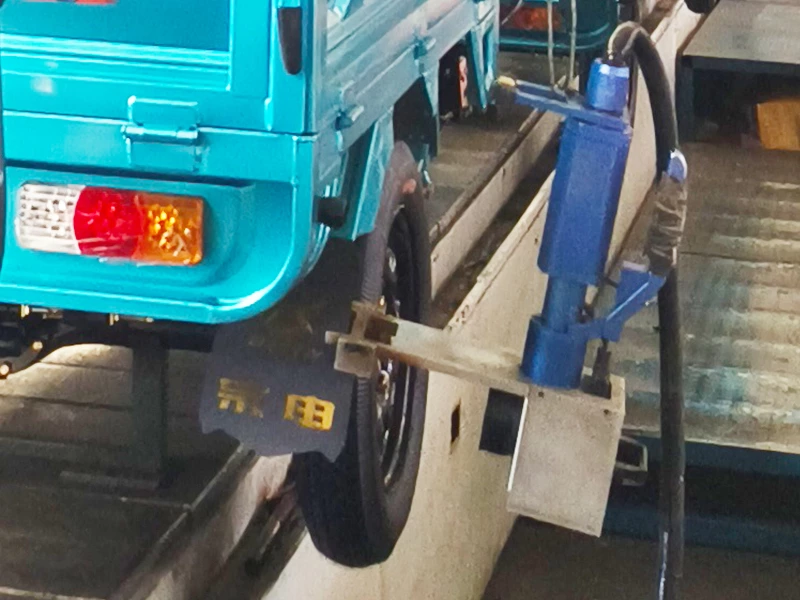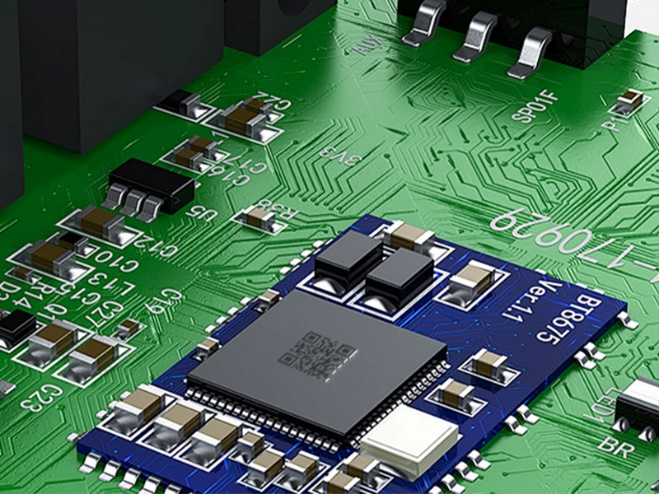Why you should choose infrared picosecond or quansi-picosecond MOPA fiber laser to black mark stainless steel products
Due to the MOPA fiber laser‘s continuous price reduction and popularity, many stainless steel product manufacturers are torn whether to use the MOPA fiber laser for stainless steel products for the appearance of personalized marking.
The use of MOPA laser marking machine for positive focus marking thermal effect is small, you can get a deeper blue-black marking or dark gray engraving effect, but the speed is slower; off-focus laser marking can be obtained on the surface of non-invasive pure black marking, but the small angle or reflective conditions seem to reduce the contrast of the color of gray, and the processing of heat generation is greater for the smaller or thinner stainless steel workpiece is prone to thermal deformation, or the internal components of stainless steel shell products. Stainless steel shell products within the component structure of the damage, such as plastic structural components and electronic circuit boards on the melting of components.
Using high-speed MOPA lasers with pulse widths of 200 ps or less (commonly known as infrared quasi-picosecond lasers or picosecond lasers), chromium and carbon can be precipitated from stainless steel to form microstructures that produce smooth, flat and permanent markings that appear pure black from all angles. These microstructures are extremely stable and resistant to corrosion and abrasion, ensuring permanent, visible and high-contrast marking even with aggressive cleaning agents, and are therefore widely used for UDI marking of stainless steel products for medical applications, such as scalpels.
In addition, the efficiency of black marking with a high-speed MOPA laser is far superior to that of conventional MOPA laser annealing. For example, a 10*12 mm standard QR code (ISO IEC TR 29158 or called AIM-DPM) can be marked in 15 seconds with an infrared picosecond laser and 50 seconds with an infrared quasi-picosecond laser while annealing with a standard MOPA laser takes more than 5 minutes.
Recommended Products





